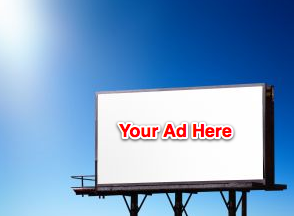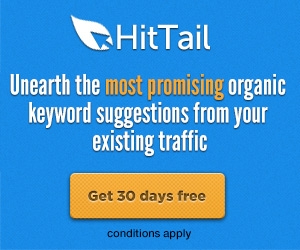
If you run a business, and don’t have an advertising agency creating your ads, be sure to read this blog post in its entirety. By the end of this post you will have the critical thinking skills needed to write all of your ads that will effectively increase your sales.
When it comes to writing an effective advertisement, it takes a certain level of thinking for you to create an ad that “pulls.” Where most entrepreneurs go wrong in creating an effective ad, is not taking into consideration the specific things below.
1) What is the main goal of the ad you are running?
If you don’t know why you are creating the ad in the first place, you are already wasting your money. Are you looking to run an ad that inspires people to purchase on the spot? Are you running the ad to generate leads to follow up with via an e-mail sequence? Is your ad focused on generating phone calls from interested prospects to learn more about your product or service?
Are you just “branding” your company in the marketplace without a clear call to action (Madison Ave. Advertising)?
You must have the goal of your ad be the starting point of your ad creation process, or else you will create something without a focus, and waste a whole lot of money in the process.
2) Who are you writing the ad to?
Who is this audience you are writing to? Where do they live? What do they have? How old are they? What is demographic profile of the audience? Do they have a business? Married with children?
You will get a higher conversion rate for your ad when you make sure the communication being sent out is targeted specifically to the person you are trying to reach.
3) What format will the ad be in, and via what channel?
Is this going to be an e-mail sent to an opt-in e-mail list, or will you be writing a Google AdWord campaign targeted directly to business owners who need consulting services?
The channel will place specific limitations on the ad you are able to create, so understanding all of the variables of the formats and channel you will be leveraging is key.
4) What are the selfish desires of the audience you are targeting, and how can you integrate this knowledge into your ad to create the best results?
This question covers the psychographics of the audience your ad will be going to. As stated above, the more you know about the audience you are writing to, and the more you can integrate those specific things into your ad, the more effective it will be.
Speak to your audience leveraging these selfish desires, and you will create a winner ad every single time.
5) What is important to the audience you are writing the ad to?
What is really important to your audience? Do they want to avoid a pain, or gain something they don’t have yet? Do they really want to work hard for it, or do they want an easy push button solution?
I know I sound like a broken record but going through this process is really important. The more you know about the audience you are targeting, the more effective your ad will be in driving conversions through the door.
6) What are the preconceived beliefs, attitudes, and behaviors of this audience, and how can you integrate those facts into your ad?
This question again dives even deeper into the audience and how they think/operate and view the world. The more you know about your audience around this type of question will give you the upper hand when stacked against your competition.
7) How are other advertisers or your competition speaking to this same audience via the channel being leveraged?
Before you start writing your ad, be sure to look at what your competition is doing. It may also help you realize things about your audience that you may not have thought about by going through the systematic process of asking yourself the questions above.
By looking at other competitor ads, you may get other effective ideas to implement and test in your current or future campaign.
8) How will you position the next step in the marketing funnel process (after they click/see the ad), and how can the ad be created to generate the highest conversion rate throughout that process?
When asking yourself this question, you need to think about what the prospect will see after they take the first action on your ad by clicking or seeing it on a website.
For Example
For a Google AdWords ad the prospect will…
search in google for a keyword ->
they will see the ad ->
they will click the ad ->
they will land on the page you send them to.
This page is the second most important part of your advertising. If you aren’t creating the “next step” of the advertising process in an effective way, you will waste all your money on the front end, without a positive return on your efforts.
Obviously this will differ in a big way depending on what media you decide to use for your campaign, but it is by far one of the most important things to think about.
When creating this landing page, make sure that you make your desired call to action as clear as possible, so that you can track the effectiveness of the traffic landing on that page from the ad that you created.
9) Where is the ad sending the visitor, and how is that “landing place” positioned and related to the ad itself?
You need to think about how are you going to tie the ad you are writing with the page you are sending them to, so that you are able to generate a positive return from your advertising spend. If you get a lot of clicks on your ad, but no conversions on the next page, there is something within that process that is broken and needs to be optimized.
Conclusion
Writing a good ad takes time, but with the right amount of effort, and due diligence you will have no problem creating advertisements and marketing funnels that convert. As someone who has a lot of experience in helping entrepreneurs set up marketing systems that do this successfully, if you follow this process outlined above you are bound to have success in increasing your sales!
About The Author
Scott Bradley is an entrepreneur who is passionate about helping business owners create and implement effective marketing plans, strategies and tactics. He is the owner of this website, Brilliant Business Advice, and spends most of his time creating products and services that directly serve the small business community. You can learn more about Scott on his personal website which can be found at http://www.ScottBradley.name







{ 0 comments… add one now }